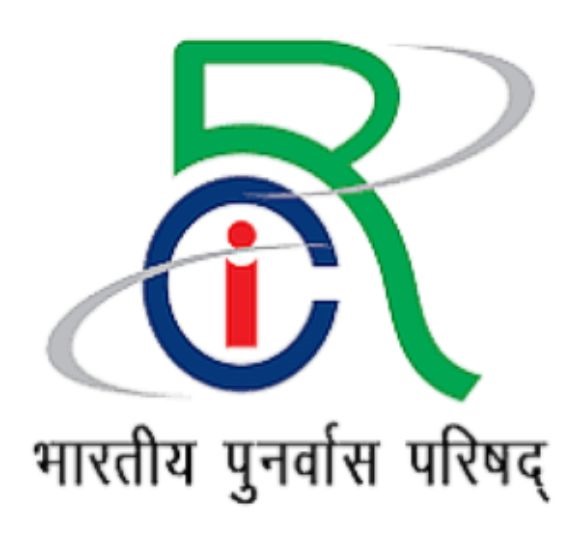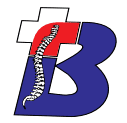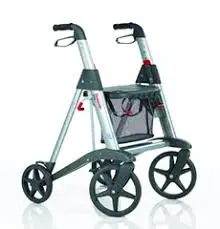ASSISTIVE DEVICES
- Assistive devices are tools, equipment, or technology designed to help people with disabilities or impairments perform tasks and improve their quality of life. These devices can assist with mobility, communication, vision, hearing, and daily living activities.
- Walking Sticks & Canes: Lightweight and portable, they provide reliable support. …
- Rollators: Wheeled walking aids with brakes and seats, ideal for those needing stability and flexibility.
- Best ASSISTIVE DEVICES Near Me | BACK UP LIMS 9321110091
Types of Assistive Devices Mobility Aids
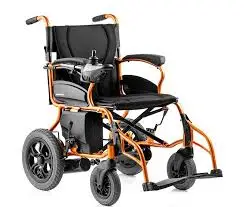
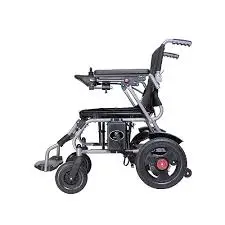
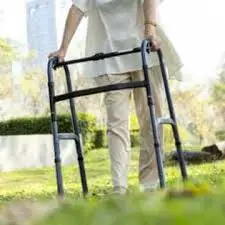

Features of ASSISTIVE DEVICES
Comfort & Ergonomics
- Padded seats and armrests
- Adjustable height and seating positions
- Cushioned handles for better grip
2. Stability & Safety
- Anti-slip rubber tips or wheels
- Sturdy frame construction (aluminum, steel, or carbon fiber)
- Braking systems (manual or electronic)
- Seat belts and harnesses for wheelchairs
3. Maneuverability & Control
- Easy-to-use control panels (for power wheelchairs and scooters)
- Swivel wheels for smooth turns
- Adjustable speed and direction settings
4. Portability & Storage
- Foldable or collapsible frames
- Lightweight design for easy transport
- Detachable parts for compact storage
5. Battery & Power Efficiency (For Electric Devices)
- Long battery life with rechargeable options
- Quick charging capability
- Energy-efficient motor performance
6. Customization & Accessories
- Interchangeable seats, armrests, and cushions
- Attachments like baskets, cup holders, and storage pouches
- Compatibility with assistive technologies (voice control, joystick navigation)
7. Durability & Weather Resistance
- Corrosion-resistant materials
- Weatherproof covers for outdoor use
- Heavy-duty tires for rough terrains
Assistive Walking Aids
These are medical walking boots used to protect the foot and ankle after injuries such as fractures, sprains, or post-surgery recovery. They provide stability and support while allowing limited mobility.
There are different types of Aircast walking boots, such as:
- Aircast AirSelect Short Walker (for foot and ankle injuries)
- Aircast AirSelect Standard Walker (for more severe injuries)
- Aircast AirSelect Elite Walker (provides the most support and comfort)
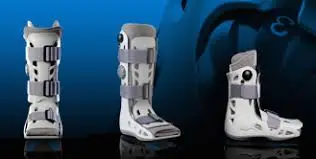

Prosthetics
Prosthetics refers to the design, creation, and use of artificial limbs or body parts to restore mobility and functionality for individuals who have lost a limb due to injury, disease, or congenital conditions. Modern prosthetic devices are made using advanced materials like carbon fiber, silicone, and titanium, ensuring durability, flexibility, and a natural appearance. Technological advancements, such as bionic prosthetics and 3D printing, have significantly improved their functionality, allowing for better movement and comfort. These devices not only enhance physical capabilities but also improve the overall quality of life by restoring independence and confidence.
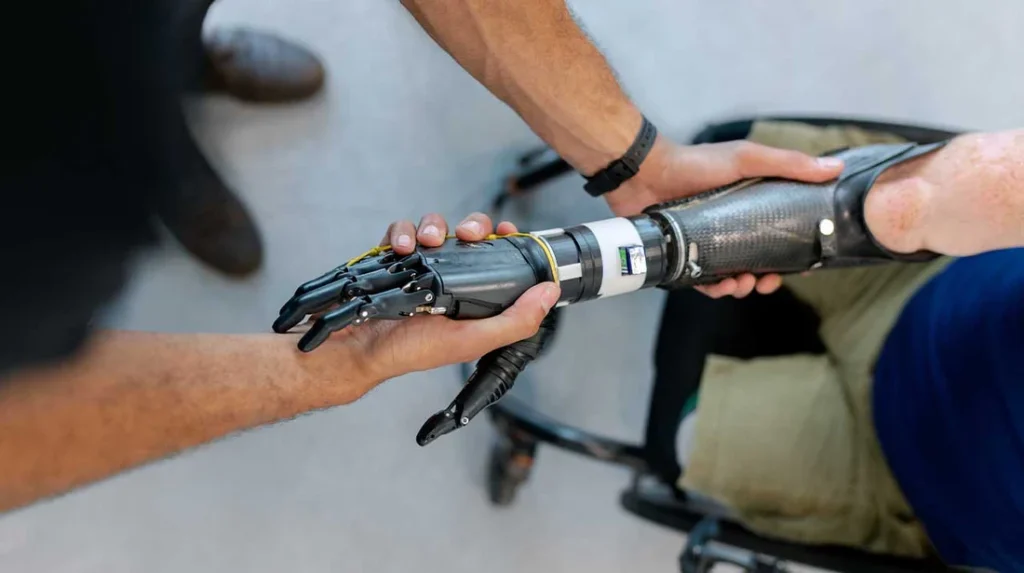
Upper Extremity
The upper extremity refers to the region of the human body that includes the shoulder, arm, forearm, wrist, and hand. It plays a crucial role in performing various daily activities, from lifting and carrying objects to fine motor tasks like writing and typing. The upper extremity consists of bones such as the humerus, radius, and ulna, along with muscles, joints, tendons, and nerves that enable movement and dexterity. Injuries or conditions affecting the upper extremity, such as fractures, arthritis, or nerve damage, can significantly impact mobility and functionality. Medical interventions, including physical therapy, surgery, and prosthetics, help restore strength and movement in cases of impairment.

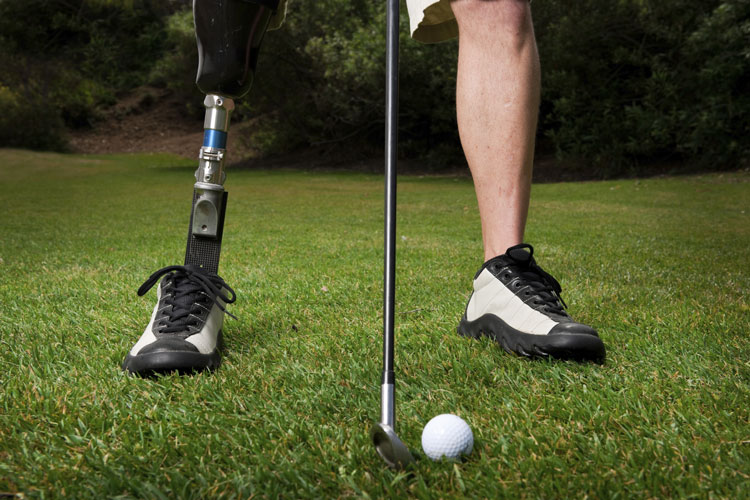
Lower Extremity
The lower extremity refers to the part of the human body that includes the hip, thigh, knee, leg, ankle, and foot. It is essential for weight-bearing, balance, and movement, enabling activities like walking, running, and jumping. The lower extremity consists of major bones such as the femur, tibia, and fibula, along with muscles, ligaments, tendons, and joints that provide strength and flexibility. Injuries or conditions affecting the lower extremity, such as fractures, arthritis, or nerve damage, can severely impact mobility and quality of life. Medical treatments, including physical therapy, surgery, and prosthetics, help restore function and improve movement in cases of impairment.

Silicon Prosthesis
Silicone prosthesis is a type of custom-made artificial body part designed to replace missing limbs, fingers, toes, or facial features with a lifelike appearance and texture. Made from medical-grade silicone, these prosthetics closely mimic natural skin in color, texture, and flexibility, providing both functional and aesthetic benefits. They are commonly used in cases of amputations, congenital deformities, or trauma-related injuries. Silicone prostheses offer comfort, durability, and water resistance, allowing users to carry out daily activities with ease. Advanced techniques, such as color matching and embedded details like veins and fingerprints, enhance realism, boosting the confidence and quality of life of individuals who use them.

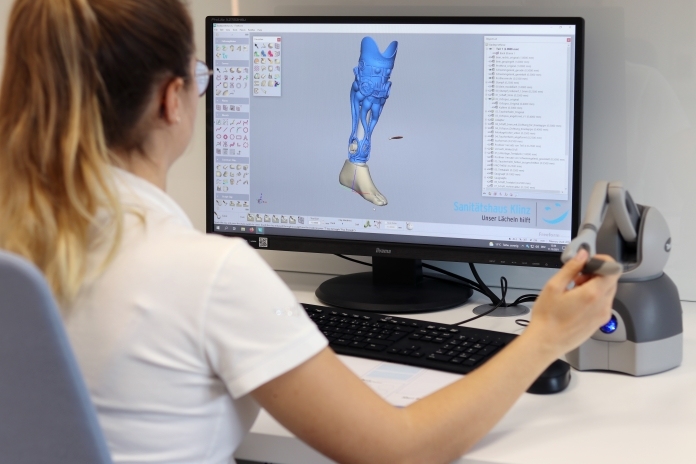
3D Scanning Prosthesis
3D scanning prosthesis is an advanced technology that uses high-precision 3D scanning to create customized prosthetic limbs and body parts with exceptional accuracy. This process captures detailed measurements of the residual limb or affected area, ensuring a perfect fit and enhanced comfort for the user. By eliminating traditional molding techniques, 3D scanning significantly reduces the time required for prosthesis fabrication while improving precision and design efficiency. Combined with 3D printing, this technology allows for lightweight, durable, and highly functional prosthetics tailored to individual needs. It has revolutionized the field of prosthetics by making high-quality, affordable, and personalized solutions more accessible to amputees and individuals with limb differences.

Orthotics
Orthotic prosthesis refers to a specialized medical device that combines elements of both orthotics and prosthetics to support, correct, or replace a missing or impaired limb. Orthotic devices, such as braces and supports, help stabilize and improve the function of weakened or deformed limbs, while prosthetic components replace lost body parts to restore mobility. This hybrid approach is particularly beneficial for individuals with conditions like partial amputations, neuromuscular disorders, or joint instability. Advanced materials like carbon fiber, silicone, and 3D-printed components enhance durability, comfort, and functionality. Orthotic prostheses improve mobility, reduce pain, and enhance the overall quality of life by providing tailored support and movement assistance.


Accolades
Accolades prosthesis refers to high-quality, innovative prosthetic solutions that have been recognized for their excellence in design, functionality, and user comfort. These prosthetic devices are developed using cutting-edge technologies, such as 3D printing, advanced biomechanics, and bionic enhancements, to provide superior mobility and adaptability. Many accolade-winning prostheses focus on improving the lives of amputees by offering lightweight, durable, and highly customized designs that closely mimic natural limb movement. Recognized by medical professionals and industry experts, these prosthetic advancements contribute significantly to rehabilitation, independence, and confidence for users, setting new standards in prosthetic care and technology.

Podiascan
Podiascan prosthesis is an advanced prosthetic solution that utilizes podiascan technology to assess foot pressure distribution and gait patterns for individuals with lower limb impairments. This technique involves scanning the foot to analyze weight distribution, arch structure, and pressure points, ensuring a highly customized prosthetic design for optimal comfort and functionality. By using podiascan data, prosthetists can create well-fitted prosthetic feet or orthotic supports that enhance mobility, reduce strain, and prevent complications such as pressure sores or misalignment. This technology is particularly beneficial for individuals with diabetes, limb loss, or orthopedic conditions, as it helps improve balance, posture, and overall movement efficiency.



